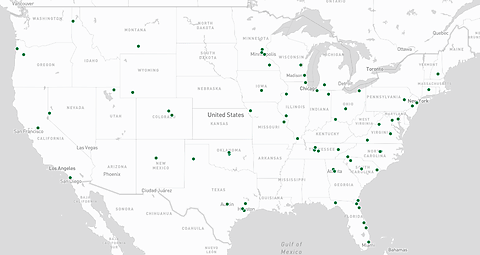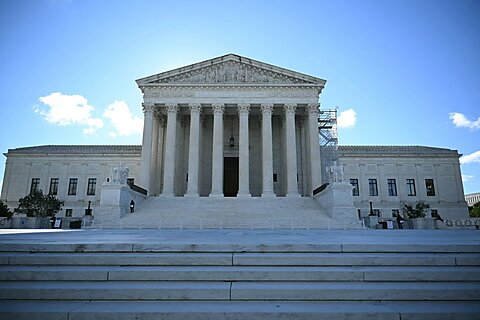
Last year at about this time, I reported something alarming: 2023 had set a record for values and identity-based conflicts—culture war—in public schools, according to Cato’s Public Schooling Battle Map. Today, I report good news: 2024 saw a 42 percent reduction in conflicts.
Are we entering an era of relative peace after several years of intense conflict?
Figure 1 shows the trend since 2013: fairly steady annual increases until 2019 and 2020, which saw dips, and then big increases in 2021, 2022, and 2023. The 2024 totals are well below those of 2021, 2022, and 2023. (Note that 2019 likely reflects “normal” reductions in conflicts, but 2020 is likely abbreviated because the COVID-19 pandemic struck in full force in March, at which point the overwhelming education discussion was not about how to teach history or what books were in libraries but simply how to reopen schools.)
Examining 2024 conflicts by month suggests that something might have occurred during the year that drastically curtailed conflict. As seen in Figure 2, January saw 67 battles. Had that happened every month, we would have seen roughly 800 battles—by far a record. February was lower at 47 but also constituted a record pace. The big drop seemed to come with the summer months, as one might expect with schools off, but it largely continued to remain lower thereafter.
It is not clear what happened, but in October, as the conflict slowdown started to become noticeable, I suggested several possible causes, including that the end of the pandemic cooled overall anger intensified by school district COVID-19 policies; the end of online learning kept parents from seeing objectionable things their kids were learning; there was not much contested ground left; and plain fatigue.
I also conjectured that the presidential election might have crowded out district and state education battles, with activists directing their energies to the election. This seems especially possible if many activists on the right who were fighting against racial and gender content in schools moved their attention to electing Donald Trump, who promised to end many of the things in education they did not like. Also, the education culture war turned more to the federal level when the Biden administration issued new Title IX regulations, to which many conservatives objected, though that is partially reflected in the Battle Map numbers when people in states or districts fought over whether to comply with the new rules.
The monthly data support the election explanation, though they do not rule others out. It appears that the culture war carried on at roughly the 2024 pace through the end of the 2023–24 school year—May was on a pace for almost 400 yearly battles—but there was relative peace thereafter.
To give a better sense for what people were fighting about in 2024, the top three categories were the same as in 2023: reading material, curricula, and gender equity.
We recorded 77 reading material battles, pinpointed in the Public Schooling Battle Map screen capture below. These are typically challenges to books in school libraries, reading lists, and assignments.
Next, we saw 76 curriculum conflicts. These were mainly about how to teach about such controversial matters as ethnicity and sex.
Finally, there were 75 gender identity disputes. These were typically about policies concerning who can access bathrooms, locker rooms, and sports teams, as well as policies concerning what pronouns transgender students go by in school.
Several caveats are in order when using Battle Map data. First, year-to-year trends should be interpreted cautiously as our methods of finding media reports of battles have changed over the years, and we did not start the map with the purpose of enabling rigorous annual comparisons. For comparing 2024 to 2023, however, the methods did not change, and over the years, our methods have likely improved, catching more conflicts. That significantly bolsters the likelihood that we captured an actual conflict drop between 2023 and 2024. It is also possible that the media have not reported on conflicts at the same rate from year to year, in which case, our data might reflect changes in the attention of reporters, not true fluctuations in battles. Finally, numbers for past years will likely increase as we discover more battles that began in those years.
The primary purpose of the map is to illustrate that the culture war is inherent to public schooling, which requires all people, with diverse values, to pay for a single system of government schools and to battle politically to determine whose values are taught. Ebbs and flows do not change that basic reality.



